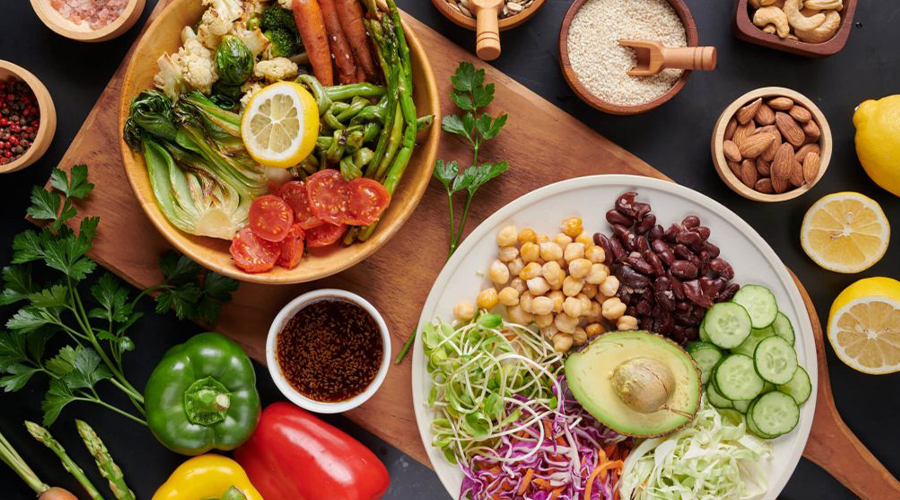
The keto diet, which is based on low-carb and high-fat foods, is becoming increasingly popular among those looking to lose weight or improve their metabolic health. However, following the diet in everyday life can be challenging, especially when considering eating habits, time management, and budget. In this article, we provide practical advice on how to build a keto-friendly meal plan.
1. Understanding the basics: what does the keto diet mean?
The essence of the keto diet is to minimize carbohydrate intake, typically to 20-50 grams per day, while significantly increasing fat intake. This puts the body into a state of ketosis, where it uses fat for energy instead of carbohydrates. Protein intake is moderate, and essential nutrients should be sourced from various vegetables, meats, fish, eggs, and healthy fats like avocado and olive oil.
2. Planning according to eating habits
The success of the keto diet largely depends on how well you can incorporate it into your daily routine. Start by assessing your eating habits. For example:
- Breakfast: if you’re in a hurry in the morning, plan ahead with keto-friendly breakfasts like eggs with vegetables or a quick avocado smoothie.
- Lunch: lunch can be simple and portable, such as a salad with chicken, olive oil, and avocado. Prepare it the night before to avoid the temptation of fast food.
- Dinner: for dinner, choose meals that don’t take much time to prepare, like grilled meats or fish with vegetables.
3. Time management and preparation: how to save time?
Time management is key to sticking to the keto diet. Meal preparation can help minimize temptations and excuses. Here are some practical tips:
- Weekly planning: take time to plan your weekly menu and create a shopping list. This will help you avoid running out of ingredients during the week.
- Meal prep: dedicate a day over the weekend to prepare larger portions, such as roasting multiple servings of meat, vegetables, or boiling eggs. These can be easily used for lunch or dinner later.
- Quick and easy recipes: keep a few quick recipes on hand so you don’t have to spend long hours in the kitchen.
4. Budget-friendly keto diet: how to reduce expenses?
Following the keto diet doesn’t have to be expensive if you plan wisely. Here are some tips to reduce costs:
- Buy ingredients in bulk: purchase in larger quantities, especially when an item is on sale. Freezing meats, fish, and vegetables can help cut costs and ensure you always have keto-friendly ingredients at home.
- Use simple ingredients: you don’t need to buy expensive ingredients to make keto-friendly meals. For example, eggs, chicken breast, spinach, and olive oil are all affordable but nutritious options.
- Reuse leftovers: use leftovers from dinner for lunch the next day or turn them into a new dish, such as making a salad or an omelet from grilled chicken.
5. How to handle challenges and stay motivated?
Sticking to the keto diet isn’t always easy, especially if you have a tight schedule or social gatherings to attend. Here are some tips for handling difficult situations:
- Prepare keto-friendly snacks: if you know you have a long day ahead, pack keto-friendly snacks like nuts, cheese, or vegetables.
- Social eating: when going to a gathering, it’s worth asking about the menu in advance or offering to bring something keto-friendly. This ensures there will be a suitable option for you.
- Be patient with yourself: if you occasionally fail to stick to the diet, don’t be too hard on yourself. The most important thing is to resume keto-friendly eating the next day.
6. Flexible keto: how to adapt the diet to your lifestyle?
The keto diet can be flexibly adapted to different lifestyles. If you exercise frequently or practice intermittent fasting, it’s worth adjusting the keto diet to these routines. For example:
- Pre-workout meal: before workouts, choose foods that provide adequate energy, such as a small meal with healthy fats like avocado or a keto-friendly protein shake.
- Intermittent fasting and keto: if you incorporate intermittent fasting into your routine, make sure to break your fast with high-nutrient, fat-rich foods that maintain ketosis.



